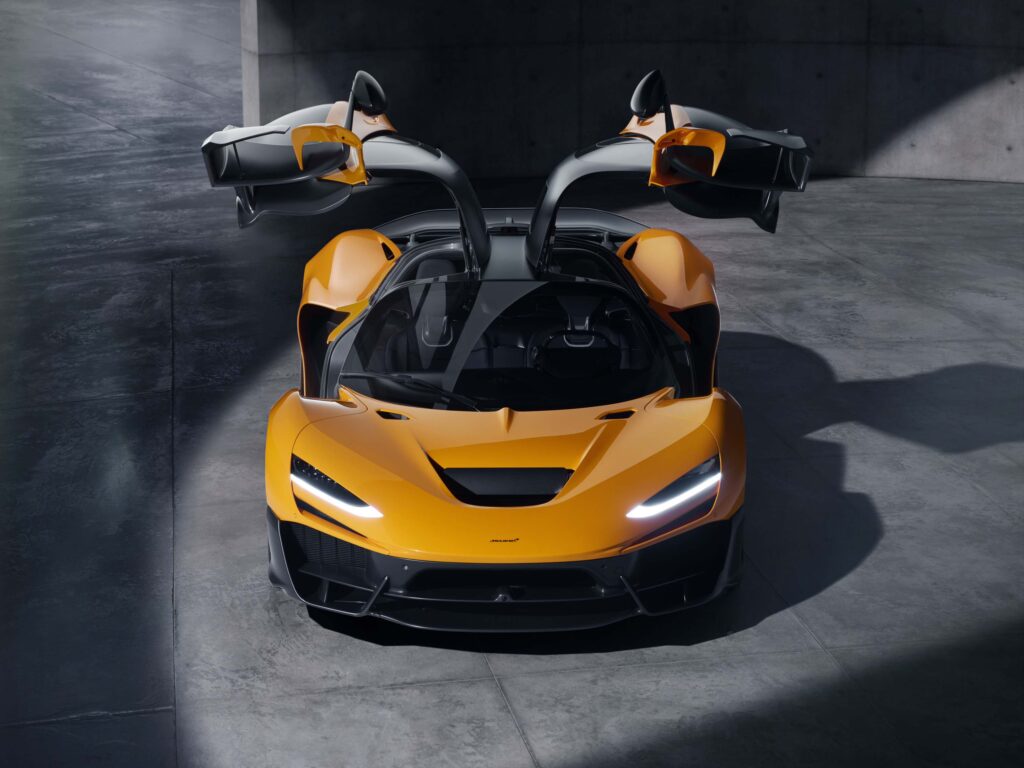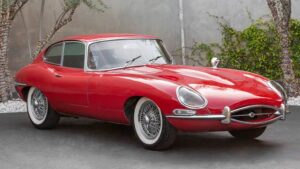
McLaren revived its Halo hypercar by launching the successor to the F1 in 1997 and the P1 in 2013. The latest addition is known as the Mclaren W1 and it is the most powerful Mclaren roadcar to date! The question remains, does the McLaren W1 live up to the legacy with just a different syllable before the digit 1? Let us dive deep to understand whether the latest McLaren hypercar is just a cash grab or an attempt at creating something special.
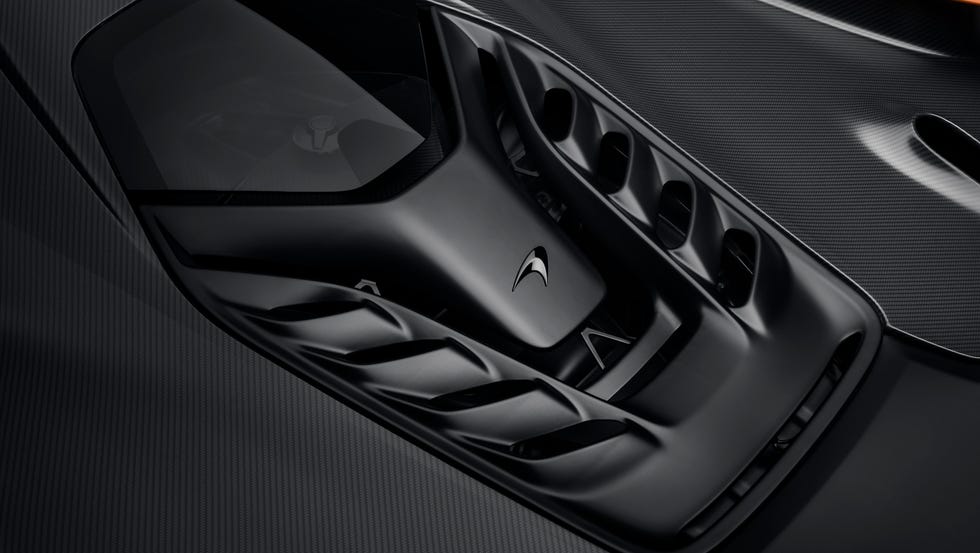
The Mclaren W1 is powered by a 4.0 Litre Twin Turbo V8 which produces 1258hp thanks to the assistance of batteries. The 0-100 time is 2.7 seconds which is ridiculously quick. However, it isn’t faster than most McLarens which is surprising and truth be told, buyers are spoiled by crazy numbers these days. The top speed is 349 Km/h which is electronically limited. Time to ponder how quickly an unrestricted W1 would go? We don’t blame you.
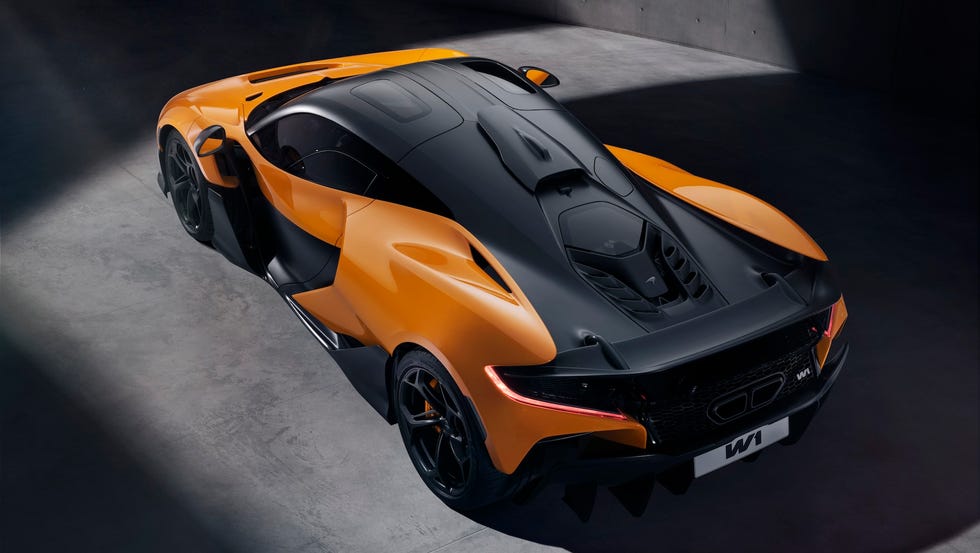


The numbers are just one part of the story, the creation is the other which is just as interesting. The new engine is dubbed the “MPH8” and is new (which is why it shares the engine displacement with the rest of the V8 McLarens). This engine produces 230hp per litre which is the highest output of any McLaren engine to date as it makes 916hp alone! It was possible due to the lighter block, rigid valvetrain, and plasma-coated Cylinder bore which allow the engine to have a 9200rpm redline. The twin-scroll turbochargers spool at just 2500rpm. The presence of an E Module, consisting of a radial flux electric motor, motor control unit and 1.4 kWh battery pack, adds 342hp! You can drive in electric mode for 2.57km. Incredible!
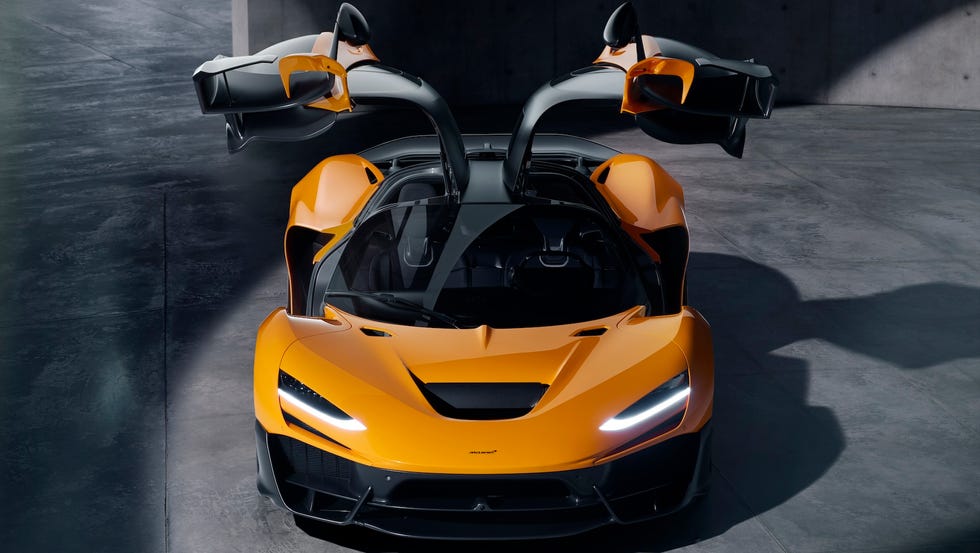
A surprising aspect of the electric module is its weight—only 20 Kg! There has been a weight saving of 40kg compared to the P1, resulting in a dry weight of 1398kg. It is a weight increase of just 4kg over the P1! Whilst it is impressive to keep the weight as low as Mclaren kept, a sub 3000 lbs weight (1360 kg) would’ve been more amusing as it would’ve made the car more tossable. The W1 sends all the power to the rear wheels via an 8 Speed Automatic Transmission.
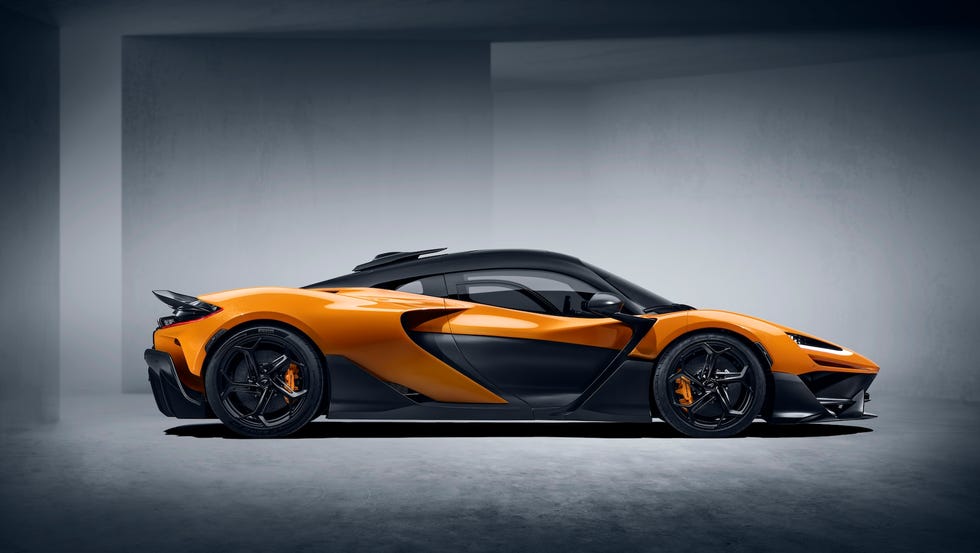
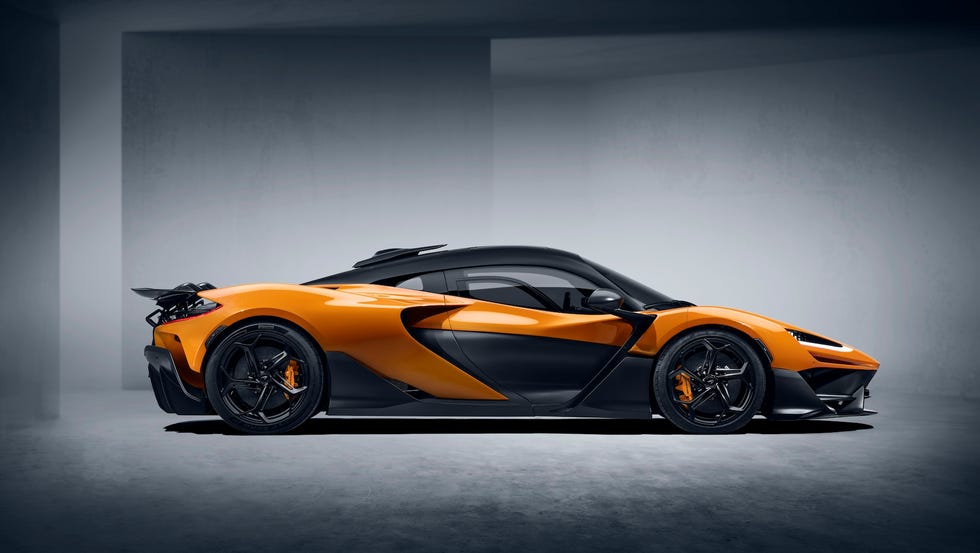

The design philosophy is centred around the “Aerocell” monocoque chassis, combining fixed seating with adjustable steering wheel and pedals. Not to mention, there is the introduction of Anehedral Doors which aid airflow over the front fenders and reduces the wheelbase by 71mm. Rigorous testing of 350 hours in the wind tunnel resulted in a study of more than 5000 individual points, ensuring the most aerodynamic supercar from Woking! The W1 has an active long tail, improving downforce and drag. According to McLaren, the W1 has “shape-shifting characteristics.” There is also the presence of an Airflow diverter, first in a road-going McLaren, which sends fresh air while the front and rear active wings generate a combined downforce of 1000kg!
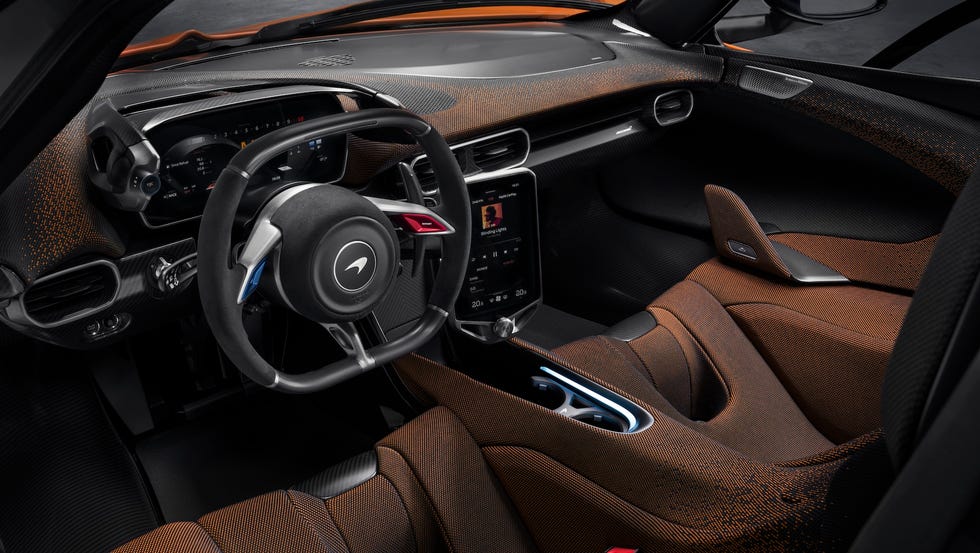
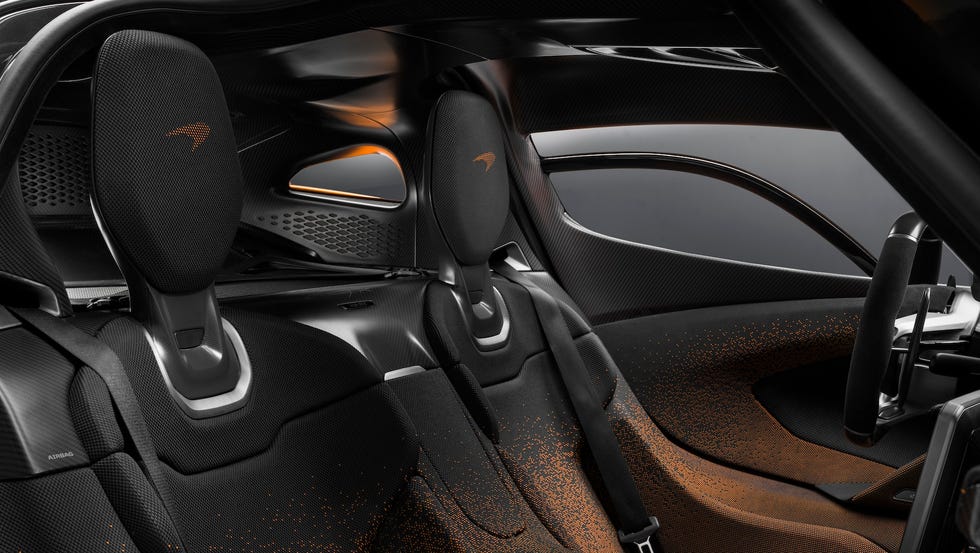
The Cockpit of the W1 has an 8-inch touchscreen with Android Auto and Apple Carplay. There are connections for USB-C and USB-A which aids usability by just a bit. A surprising amount of practicality can be found behind the seats at 113 litres! The interior is focused on the driver but we would’ve appreciated the use of the rotating gauge cluster as well as a slicker centre screen design.
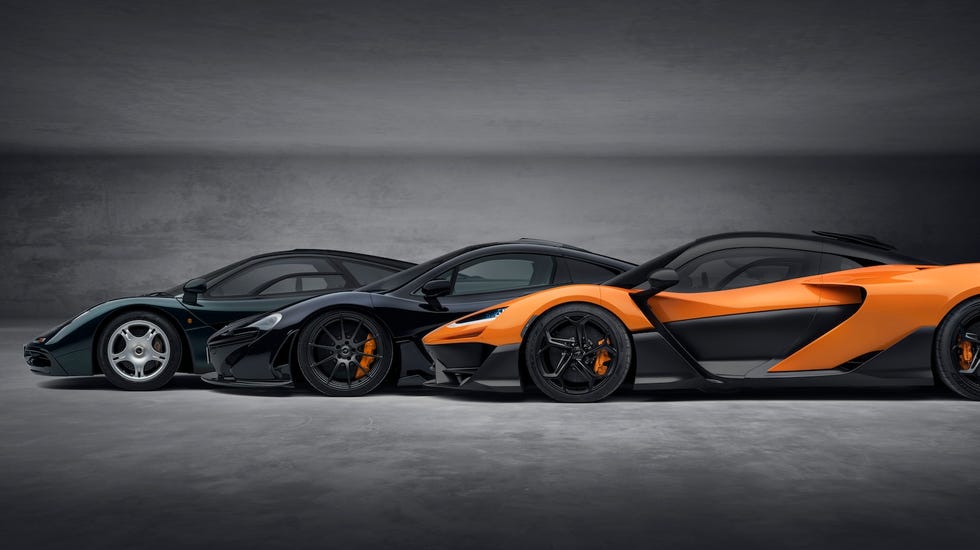
To conclude, we like the existence of McLaren W1 but we would’ve loved it if it was more unique. It looks a little too similar to other McLarens which is fine for the brand as it incorporates the brand image but for a person paying Rs.18 crore, a car resembling an Rs.3.5 crore Artura appears to be a lazy attempt. However, the biggest factor that the W1 struggles with is the cars it sits alongside. There are various McLarens under the special series such as the Sabre, Speedtail, Elva, Senna, Solus GT etc. which compete with one another and take the charm off a rare beast. If McLaren didn’t have many options, it would’ve been much easier to “recommend” a child to make it a poster car. However, as it is, the McLaren W1 is a valiant effort but struggles to justify its special-ness even with only 399 units.

